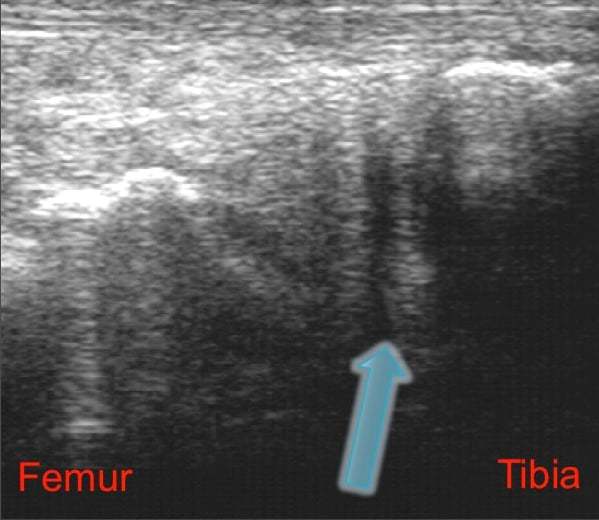
Do Radiographic Abnormalities Impact Equine Performance?
Radiographic abnormalities don’t always result in diminished performance; however, many do. Here’s what to know.

Radiographic abnormalities don’t always result in diminished performance; however, many do. Here’s what to know.

Polo ponies showed a high degree of movement asymmetry, but this doesn’t necessarily mean the animal is lame or in pain.

Some forelimb lamenesses can result in the horse appearing unsound in a hind limb.

Just 50% of owners were satisfied with the outcome of the current surgical treatment for upward fixation of the patella.

Two equine surgeons shared their thoughts on rotational limb deformities, contracted carpal joints, club feet, and more.

Researchers determined that if horses were discharged from the hospital, a good long-term outcome was likely.

Consider this under-recognized issue before deciding which limb is the primary lameness source.

Researchers examined the loading rates on a hoof of a galloping horse wearing different aluminum racing shoes.

Researchers determined that using both modalities can help vets increase their diagnostic and prognostic capabilities.

If a horse is hind-limb lame, consider issues where the superficial digital flexor tendon (SDFT) attaches to the hock.

A veterinarian weighs in on radiographs, nuclear scintigraphy, and standing MRI for diagnosing subtle lamenesses.

A vet and horse behavior expert shares how to distinguish between normal hind-leg resting behavior and lameness.

Learn about three common sport horse injuries and how to prevent and manage them.

Shock wave is a noninvasive, nonsurgical therapy for orthopedic conditions. Learn how it can help your horse.

Good leg conformation in a horse is a must if that animal is to remain serviceably sound for performance.

Learn about how horse joints work and how you can keep your horse’s joints healthy with this step-by-step visual guide.
Stay on top of the most recent Horse Health news with
"*" indicates required fields